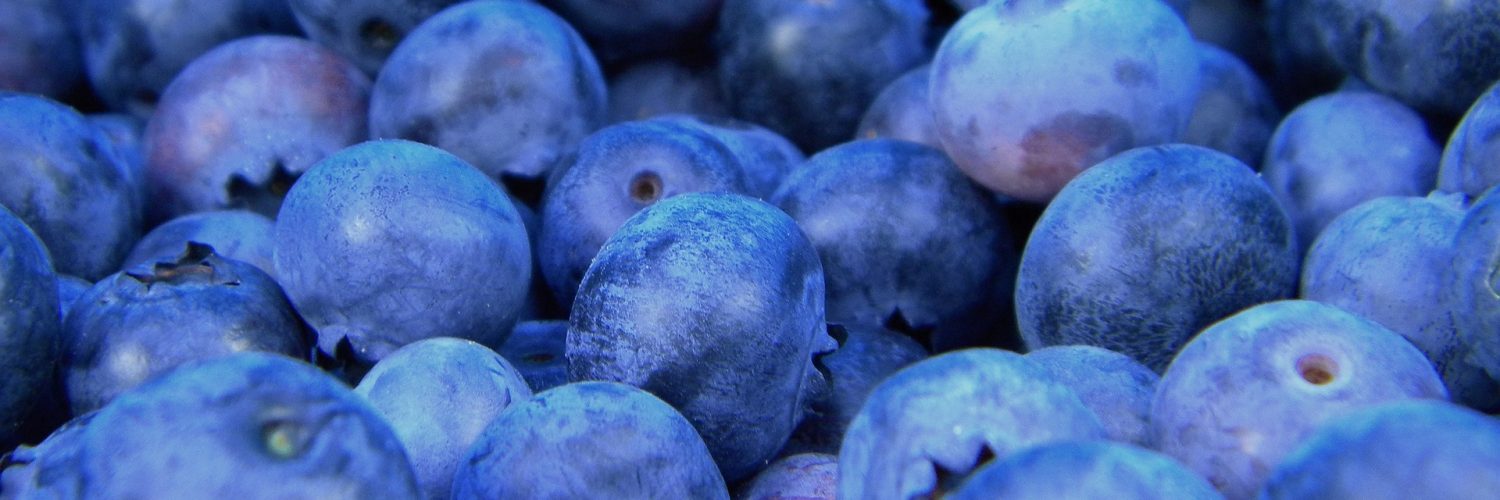Food has always been a way to connect people from all over the state, region, country, and world. It speaks to our contrasting and unique cultures and opens doors to new tastes, experiences, and conversations. But while we partake in a communal gathering of dining and digging in do we ever really consider just how much of a science it is to get food from point A to point B?
Now, we can see just how connected we are to the food on our table and how it connects us with the rest of the country. Through new data from the FEWSION Project, led by Arizona State University and Northern Arizona University scientists, food, water, and energy supply chains are mapped for every community throughout the United States, which makes big data more accessible and reachable to policymakers.
The project utilizes something called the FEW-View tool to gather data by performing massive big-data computations and displaying results in a way in which the average consumer can understand. The goal of the project is to visualize solutions to problems related to sustainable food supply and feeding people amidst challenges like severe weather or climate.
“Understanding your food supply chain can help you to anticipate how badly an event like a hurricane or swine flu will impact your food prices; basically, the more exposure you have to an event impacting your supply chain, the larger the price increase is likely to be,” said Ben Ruddell, an associate professor at NAU’s School of Informatics, Computing, and Cyber Systems, who oversaw the project.
The maps generated by FEWSION can be viewed online at the FEW-View website, which lets people see things like how a bad storm in the Gulf of Mexico can affect their gas prices or if people on the east coast should worry about water shortages.
Data was collected by hundreds of researchers at different federal agencies and universities throughout the United States. People who visit the site can map the sources of their community’s animal products, grains, meat, and other food items as well as water and energy sources (i.e. natural gas, electricity). Ruddell notes that seeing this information can help people who want to buy more local products or look at the sustainability of their community’s food and energy use.
“This scientific understanding should inform our national infrastructure, security, and economic policy. We also have a goal to educate the public, and leaders like emergency managers and sustainability officers, about the importance of supply chains; FEW-View (TM) is a free online tool that lets everyone see their community’s supply chains- like food, energy, or water for instance,” he said.
The site features a look at supply chains linking New York City to Yuma County here in Arizona through stops in Minnesota, North Carolina, Idaho, Iowa, and so on. These routes show everything from lettuce to almonds to citrus and other commodities, and highlight the relationships that consumers don’t usually see or think of.
“You can use this data to understand how your company’s supply chain fits into the big picture of a community’s supply chain- and to execute strategic thinking. If a community’s supply chains are too narrow and non-diversified, or too exposed to a potential problem, you might want to consider increasing your business there, or avoiding that location, based on the big-picture risks and patterns,” adds Ruddell.
















Add comment